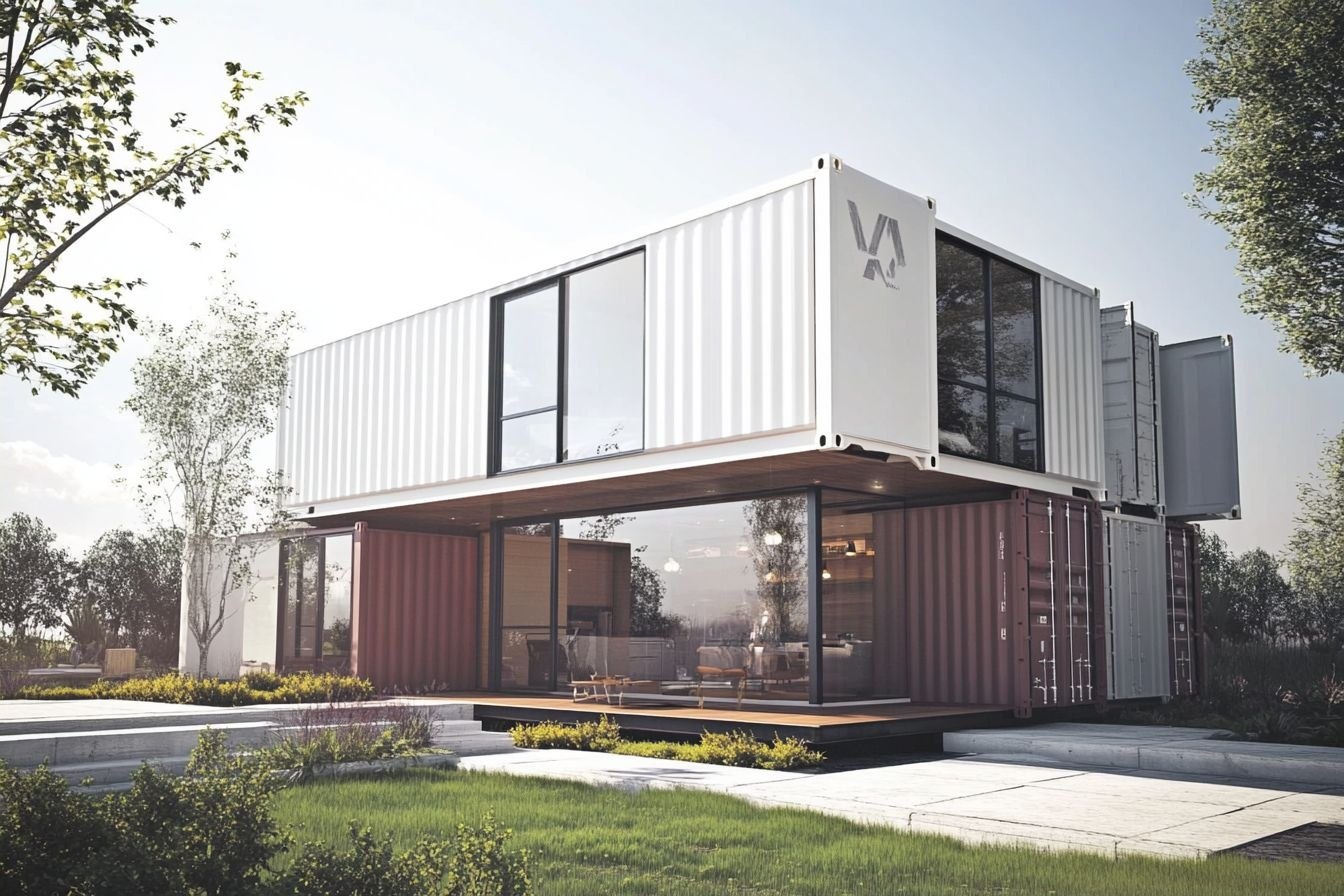Container Homes: A Modern Living Option Worth Exploring
Shipping container homes provide a practical and innovative option for modern living. This article outlines how these homes are constructed, what to consider before choosing this style of housing, and key factors like design, permits, and potential cost benefits. It’s a helpful overview for anyone exploring alternative housing options.

What exactly are shipping container homes?
Shipping container homes are residential structures built using decommissioned steel cargo containers as the primary building blocks. These containers, typically 20 or 40 feet long, are modified and retrofitted to create living spaces that can range from simple studio apartments to elaborate multi-story houses. The containers’ inherent strength and durability make them ideal for construction, as they can withstand extreme weather conditions and provide a solid foundation for customization.
How are container homes constructed?
The construction process for container homes begins with selecting and preparing the shipping containers. This involves cleaning, treating for rust, and removing any harmful materials. The containers are then cut to create openings for windows, doors, and interior connections. Insulation is added to the walls, floor, and ceiling to improve energy efficiency and comfort. Electrical wiring, plumbing, and HVAC systems are installed, followed by interior finishing such as drywall, flooring, and fixtures. The exterior can be left in its industrial state or modified with cladding, paint, or other finishes to achieve the desired aesthetic.
What are the benefits of living in a container home?
Container homes offer several advantages over traditional housing. Firstly, they are eco-friendly, as they repurpose existing materials and reduce the need for new construction materials. They also have a smaller environmental footprint due to their compact size. Container homes can be built quickly, often in a matter of weeks or months, compared to the longer timelines of conventional construction. Their modular nature allows for easy expansion or relocation if needed. Additionally, container homes can be more affordable than traditional houses, particularly in areas with high construction costs.
What challenges might container homeowners face?
While container homes have many benefits, they also come with challenges. One of the primary concerns is insulation, as steel conducts heat and cold easily. Proper insulation is crucial to maintain comfortable temperatures and prevent condensation issues. Zoning and building code compliance can be another hurdle, as some areas may not have regulations specifically addressing container homes. The limited interior space of containers may require creative design solutions to maximize functionality. Finally, while container homes can be cost-effective, expenses can add up quickly with extensive modifications or high-end finishes.
What are some popular design ideas for container homes?
Container homes offer endless possibilities for creative design. Some popular approaches include:
-
Minimalist single-container studios
-
Multi-container homes with open floor plans
-
Stacked designs creating multi-story residences
-
Container homes with green roofs or rooftop decks
-
Hybrid designs combining containers with traditional building materials
Architects and homeowners often incorporate large windows, sliding glass doors, and outdoor living spaces to create a sense of openness and connection with the surrounding environment. Interior designs frequently embrace the industrial aesthetic of the containers while adding warmth through natural materials like wood and textiles.
What should you know about zoning and permits for container homes?
Before embarking on a container home project, it’s crucial to research local zoning laws and building codes. While some areas are becoming more accepting of alternative housing, others may have restrictions that make it challenging to build a container home. Key considerations include:
-
Zoning classifications for residential use
-
Minimum square footage requirements
-
Foundation and anchoring regulations
-
Structural integrity and safety standards
-
Utility connections and septic system requirements
It’s advisable to consult with local planning departments and possibly hire an architect or contractor familiar with container home construction to navigate the permitting process.
How do container homes compare cost-wise to traditional builds?
Container homes can offer significant cost savings compared to traditional construction, but the actual savings depend on various factors. Here’s a general comparison of costs:
| Aspect | Container Home | Traditional Home |
|---|---|---|
| Base structure | $2,000 - $5,000 per container | $100 - $200 per square foot |
| Insulation | $1,000 - $3,000 per container | Included in sq ft cost |
| Interior finishing | $50 - $150 per square foot | $50 - $150 per square foot |
| Labor | $50 - $150 per hour | $50 - $150 per hour |
| Total cost (800 sq ft home) | $40,000 - $120,000 | $80,000 - $160,000 |
Prices, rates, or cost estimates mentioned in this article are based on the latest available information but may change over time. Independent research is advised before making financial decisions.
The cost savings for container homes often come from the reduced construction time, lower material costs, and potential for DIY work. However, extensive modifications, high-end finishes, or challenging site conditions can increase costs significantly. It’s essential to create a detailed budget and factor in all aspects of the project, including site preparation, utility connections, and permitting fees.
In conclusion, shipping container homes represent an exciting and innovative approach to modern living. They offer a unique blend of sustainability, affordability, and design flexibility that appeals to a wide range of homeowners. While they come with their own set of challenges, the potential benefits make them a compelling option worth exploring for those seeking alternative housing solutions. As with any major housing decision, thorough research and careful planning are key to successfully navigating the world of container home construction and ownership.




